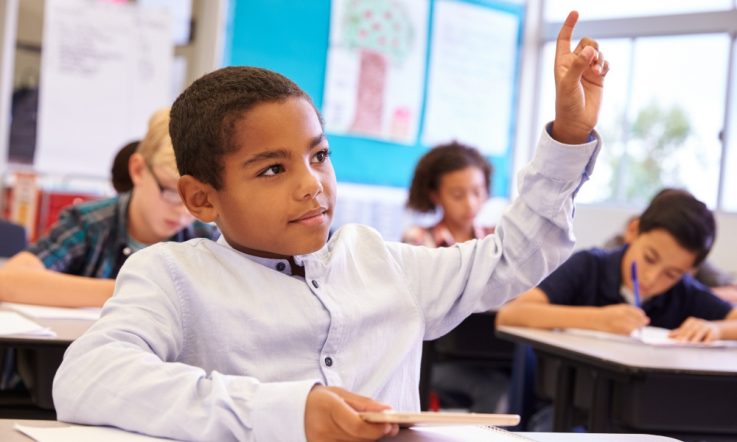If you're reading this in the staffroom, try doing this quick straw poll. What's at the heart of your school? What's the main focus for you and your colleagues?
You're probably getting lots of different answers (no doubt influenced by what sort of day everyone's having), but there may be a common theme.
When Beth Gilligan arrived at Tasmania's Dominic College as principal in 2009 she says the main focus for staff was behaviour management, rather than learning.
'When I came into the college, at the time we needed to address a number of significant issues. One of those was to begin to put learning at the heart of the school.
'There's been a lot of research done [around the world] ... on school turnaround, using sample schools and whole districts, to look at what are the key elements that will turn around educational outcomes for students. Certainly, putting the instructional core as the focus of the school is the most important thing.
'We needed to look at how we positively supported good behaviour choices in the first instance. Staff needed to feel supported, and so did the students ... once we worked on that then [we were] able to begin to work on pedagogy.'
For Dominic College, this included a significant leadership restructure. 'Our K-6 and our 7-10 base operated as two kind of separate schools. Of course, when you're a K-10 it's a rich opportunity to have integrated and ongoing learning in a developmental way from the early years right through to the end of high school before students here in Tasmania go into college at Year 11 and 12.'
Gilligan explains the new K-10 model was based on shared and distributed leadership in a team structure. The college now has a Director of Teaching and Learning, a Coordinator of Teaching and Learning for K-6 and 7-10, and a team working on staff professional learning.
'That's been absolutely crucial to help teachers to collaborate in order to bring about what I'd call contemporary pedagogy. And then start to use data as well - that's the other thing that's begun to be important to us.'
Teachers report to parents four times a year on learner expectations and the school has just introduced goal setting. Part of the process sees students, teachers and parents meet for half an hour to discuss progress and next steps.
The introduction of goal setting follows a successful trial in the school's Magone Program - designed to help disengaged students transition back into mainstream education.
'[Some young people] can stop attending or they've experienced trauma - they become disengaged from school and therefore what's happening for them in the mainstream isn't appropriate.'
Up to 10 students at a time are involved in the Magone Program. They spend 12 months working on a goal, and that could be anything from improving academically to becoming healthier.
On building a culture that promotes learning, Gilligan says 'you can't do everything at once' but adds the work done over the last five or six years has already led to gains in students' basic skills. 'We've got focused work to do on that still. Also, if we look at student focus and student aspiration, that's substantially different.
'[Another] of the things that we've been working on is an expectation that the education continues from school to college to university. It's not a question of, for example, "Will I go to university?" but "What university will I go to?"'
What is the key focus at your school? How have you made adjustments to meet your goals?


